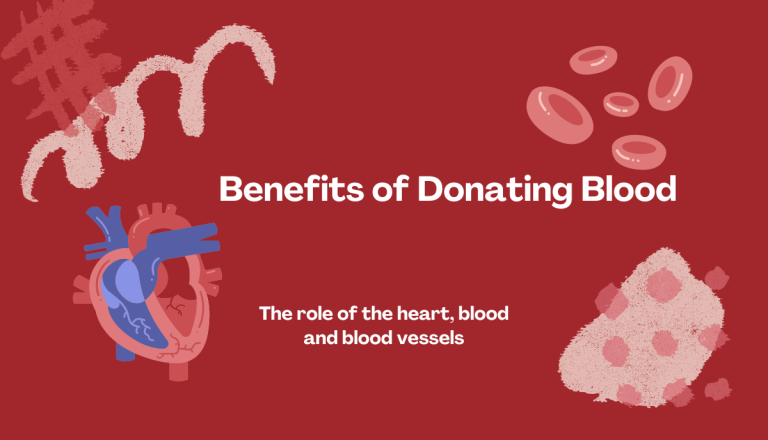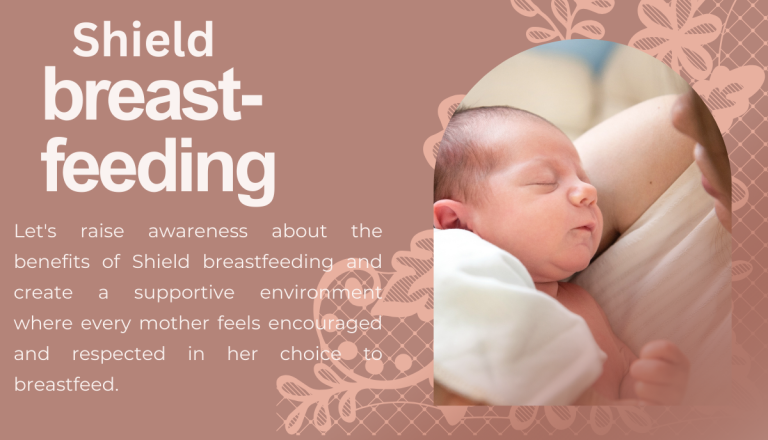Salad shack Nutrition information
Contents
- 1 Introduction
- 2 Understanding Salad Nutrition The Scoop on Salad Ingredients:
- 3 Classic Garden Salad:
- 4 Southwest Chicken Salad:
- 5 4. Quinoa & Veggie Salad:
- 6 Dietary Considerations
- 7 For Overweight/Weight Loss:
- 8 For Overall Health:
- 9 Consumer Engagement on the issue of Nutrition Information:
- 10 Conclusion
Introduction
Salads are promoted for their fresh ingredients and potential health benefits, almost becoming a sort of staple in diets oriented toward wellness and nutrition. In this regard, we strive at Salad Shack to have different salads that meet different dietary preferences and nutritional needs. This paper looks into the nutritional information for our popular salad offerings at the establishment by elaborating on health benefits and how they can best fit into a balanced diet.
Understanding Salad Nutrition The Scoop on Salad Ingredients:
The Scoop on Salad Ingredients: Greens: This is taken as the base for most of the salads and may include spinach, romaine, arugula, mixed greens among others. These are foods that are actually have very little calorie content, but are very high in the vitamins A, C, and K and some minerals that include iron and calcium. Proteins: This can be a grilled chicken, tofu and beans among others things. Muscles need proteins for repair with the addition to having a full feel. Fats: Some of the good sources are avocados, nuts and seeds and salad dressings. They are needed for the digestion of fats and other fats soluble vitamins and as source of energy. Carbohydrates: More frequently, it is derived from croutons, quinoa, or fruits. Carbohydrates are known to be the main source of energy in people’s bodies. Extras:
Cheese, dried fruits, olives or nuts make food tastier yet they often contain high count of calories and sodium. Popular salads are analyzed in Salad Shack and their nutritional profiles are presented below.
Classic Garden Salad:
Cucumbers, refreshed tomatoes, carrots and cheese blending with other veggies by a light vinaigrette for less calorie lovers. It contains considerable levels of dietary fibers and several vitamins. 2. Caesar Salad: A richer option must be our Caesar Salad and this is because the dressing is creamy and there is parmesan cheese. It is more calorie denser, and contains more fat and protein than white rice. 3.
Southwest Chicken Salad:
This Mexican style salad is full of proteins, the dish comes with grilled chicken with black beans. It has slightly more calories but these are coupled with other nutrients and is quite satisfying.
4. Quinoa & Veggie Salad:
This is purely vegetarian salad using quinoa and mixed vegetables included in it; high in protein, fiber and dressed with lemon herb vinaigrette. 5. Fruit & Nut Salad: This salad is a good one if one wants to have a sweeter dish and counter the richness of the nuts with the berries giving both antioxidants and fat.
Dietary Considerations
Allergens and Sensitivities: Salads at Salad Shack can be prepared nut-free, dairy-free, or gluten-free. Let the staff know about your allergies. Caloric Intake: The salads per se are obviously good for a healthy meal, but add to them dressing and croutons or cheese, and the calorie intake just multiplies. Opt for dressings on the side and be careful with the portion sizes. Low Sodium Options: Low-sodium dieters should choose salads with less processed content and light dressing. Including Salads in a Healthy Diet.
For Overweight/Weight Loss:
Salads are excellent for those wanting to maintain or reduce weight as they are dense in nutrients but low in calories. The portion size should, however, be kept in control. For Muscle Gain: Add protein-rich toppings like grilled chicken or tofu to your salad for muscle gain.
For Overall Health:
Intake of fruits and vegetables in salads is linked to high water intake. Conclusion Salads offered by Salad Shack can meet flexible and healthy dining options tailored toward various health goals and dietary interests. Equipped with the knowledge of the nutritional makeup of menu items, and having rationale choices in toppings and dressings, customers would be able to enjoy a delicious salad that contributes to positive health. Future Directions Salads Shack is once again creating more innovations in this line of new ingredients, which will add more nutritional values without compromising on taste. We believe in the motto of healthy food for all. This paper was a look into the nutritional side of salads, hence very beneficial for customers who keep track of their health or have certain dietary goals.
Menu nutritional information for a generic menu “Salad Shack” to be able to make your customers with special dietary needs informed choices. Here is an example of what the nutritional information could be for some typical offering:
Classic Garden Salad: Its include vegetables in category of green mixed vegetables or tomatoes and cucumber , carrots and red onions.
And Nutrition Information: (per serving as required)
Include Calories: 150
Also Fat: 10g (of which 1.5g is saturated)
Also Carbohydrates: 12g
Fiber: 4g
Protein: 2g
Sodium: 80mg
2. Caesar Salad: Ingredients which include romaine lettuce or parmesan cheese.
Nutritional Information (per serving as required):
Calories: 300
Fat: 23g of which 4.5g saturated
Carbohydrates which need: 18g
Fiber: 3g
Protein: 7g
Sodium: 480mg
3. Southwest Chicken Salad
Ingredients: It include Mixed greens, grilled chicken and black beans or corn, bell peppers and red onions, and tortilla strips.
Dressing: Spicy ranch.
Nutritional
Ingredients: It include Quinoa, assorted greens and cherry tomatoes and cucumber, feta cheese, and also include calamata olives.
Dressing: It include Lemon herb vinaigrette.
Nutritional Information (per serving as required):
Calories: 350
Fat: 15g (saturated: 3g)
Carbohydrates: 45g
Fiber: 8g
Protein: 10g
Sodium: 320mg
5. Fruit and Nut Salad
Ingredients: It include Mixed greens, Strawberries or Blueberries, walnuts, and goat cheese
Allergens: Some salads have usually allergens such as nuts or dairy, and gluten. If you get a food allergy, please ask to about speak to the staff.
Modifications: Most salads can be modified which are Ask for ingredients to be omitted or substitute ingredients to accommodate any dietary restrictions or preferences.
The nutritional informations provided based on standardised portion sizes and the realistic items and portions vary. This information could be accessed at The Salad Shack menus or even as a flier to the customer to further educate them on what choice will result to be healthier.
Consumer Engagement on the issue of Nutrition Information:
The information concerning the nutritional value of foods ought to be conveyed with the intention of encouraging the consumers take better foods. Salad Shack follows this to the letter by providing details of product nutritional information and how one can make any salad a better-for-you meal.
Labeling and Nutritional Information:
If the preparation of the dishes involves certain ingredients or if carriers used for food delivery have printed information that point to the contents, then customers have the information that they need in the event that they are allergic to certain foods. All the salads offered at Salad Shack are labeled for their caloric values and macronutrient breakdown with alerts for patrons who are allergic to certain ingredients.
Customization Options:
Menu versatility is another of Salad Shack’s advantages: customers are offered to choose their toppings according to gluten-free/vegan/vegetarian options. This may include swapping of higher calorie substitutes a lower calorie items, replacing one type of greens with another or changing the portions and kind of dressing. Salads as a Mechanism for Disease Prevention Salads are considered as an important instrument in the prevention of various diseases when consumed on a regular basis. The diverse ingredients in salads provide a range of nutrients that contribute to health: The opportunities for receiving some or all of the necessary compounds with the help of salads are available due to the fact that salads are rather rich in fiber Since they are rich in fiber they help the body to lower the cholesterol level; vitamin C and beta-carotene affect heart health. Omega three fatty acids found in walnuts or flax seeds can also help in lowering inflammation and therefore assist in the functioning of the heart.
Cancer Prevention:
There is always a tendency of coming across foods enriched with antioxidants and phytochemicals in salads due to their role in protection of the cells. These are foods like broccoli and kale that contains anti cancer compounds to them.
Diabetes Management:
All the salads are recommended for individuals with diabetes because most of the foods utilized in the preparation of the salads are low glycemic index foods. Fiber helps either to slow or delay the manner in which glucose gets into the blood stream and that makes salads ideal for type 2 diabetes individuals.
Salad lovers beware:
A little nutritional knowledge goes a long way Tricks to make your salad heavenly Salads are often loved since they are healthy too here are some tips for boosting the nutrition in salads that one takes often :’Salads are often loved since they are healthy too here are some tips for boosting the nutrition in salads that one takes often :
1. Vary Your Greens:
The use of different green varieties can be blended to make a richer taste since the nutrients are different from each other. You can change between using spinach, kale, arugula and romaine in order to maintain variety of nutrients that they carry in equal measure.
2. Add Protein:
A protein source would perfectly complement the salad making it possible to have a meal from the salad alone. Poultry should be more preferred and lean such as grilled chicken, turkey, tofu or beans, for they are healthier and most fulfilling.
3. Be Mindful of Dressings:
Salad dressings, for instance, can wash a salad with additional calories within short spans of time. Choose vinaigrettes or lemon juice based dressings and always specify that the dressing should be served separately so that you can regulate the portion size.
4. Incorporate Whole Grains:
Typically making the salad bulky such as using whole grains such as quinoa, farro or barley makes the food to last longer in the body as a source of energy.
5. Use Fresh Ingredients:
The longer the interval in preparing the salad the longer is the nutritive value of the particular salad from the fresh ingredients used in preparing the salad. To ensure quality and the taste of their salads Salad Shack always use the freshest of vegetables in preparing the meals.
Conclusion
The issue that deserves to be underlined is the fact that salads are not the ‘diet’ food but the categories of the food products that can affect the quality of your life. Salad Shack’s mission is to serve clients with diverse and healthy salads since our primary product is salad. Through knowledge of the ingredients in your salad and positions of these in the dietary intake, it will be possible to take these meals as healthy in the right manner. Looking Forward As food preferences change through time, Salad Shack also undergoes changes to make sure our products fit the requirements of the patrons. We are always innovating with the preparations and types of ingredients to ensure that our salads are not only interesting, but beneficial to one’s health. Whether you are a big fan of salads or simply want to incorporate more of them in your diet, Salad Shack will deliver fresh, healthy meals which you will enjoy. From this catalogue of Salad Shack dishes, it’s clear why we are fully committed to answering to the health, taste, and satisfaction of the customer, so that every salad produced is an aid to our customers’ health aims.

